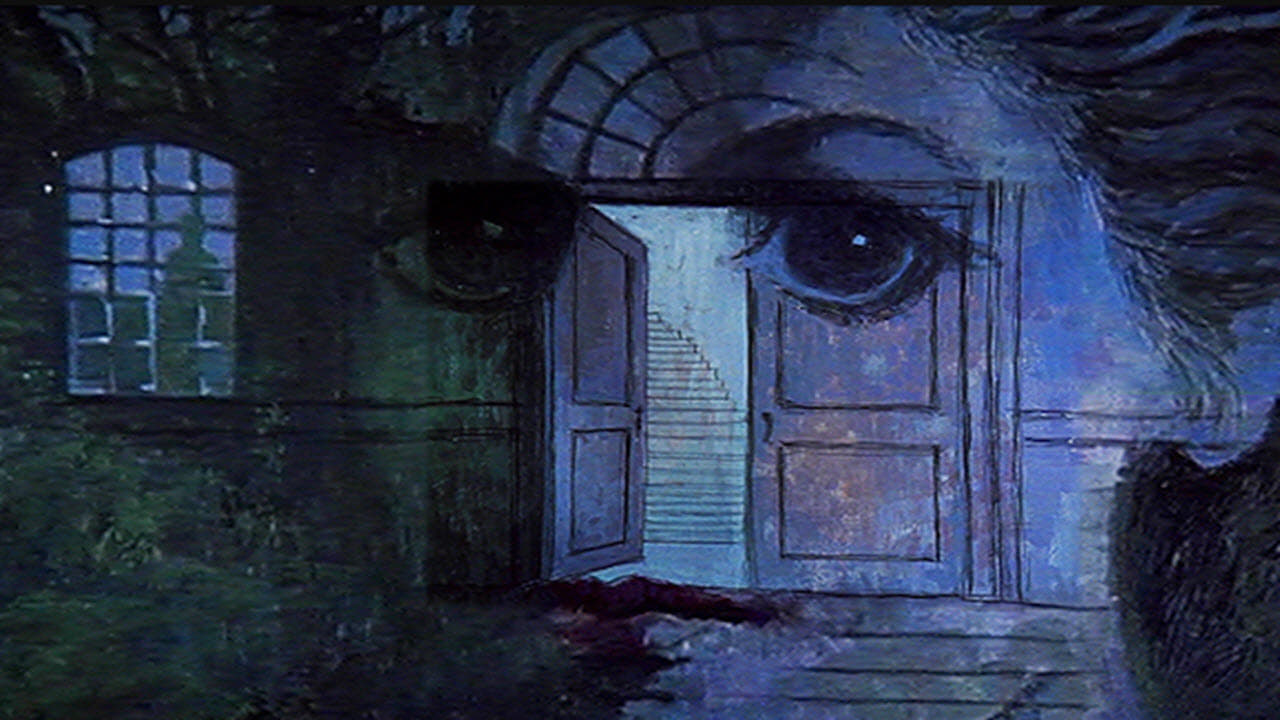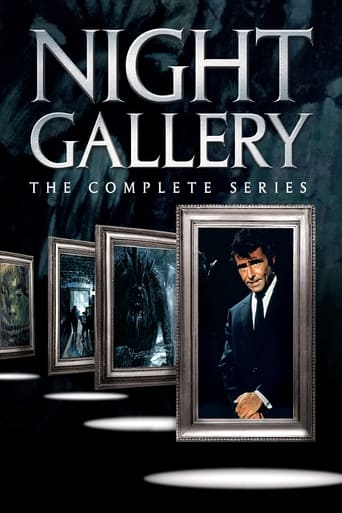

This great show did indeed fail to live up to its potential! It may have been as successful as Rod Serling's Twilight Zone have not the execs at Universal not order the time and format changed, and if Jack Laird not put in all those ridiculous short stories which didn't belong on the show! So, for the sack of compensation, I rated the series 10 stars instead of 9 which I would have giving it! Anyway, this was a great series, much like the Zone and my other favorite show The Outer Limits 1963! Some of my favorite stories include: "The Dead Man", "the Little Black Bag","Camera Obscura", "Cool Air", "the Caterpillar", and many more! May least favorite include: Jack Lairds comedic shorts (doesn't belong there), "Lindamenn's Catch"( annoying characters in it), "She Be Coming for You", "Nature of the Enemy", "the Big Supriase", etc.! And another reason why I am compensating this series is because of the butchering of the shows in syndication, I recommend watching only the original un-edited versions of this show!
... View MoreI am a fan of Rod Sterling's Twilight Zone, and i thought this show also would be great. To my disappointment it wasn't. I saw the pilot plus season 1&2. I only liked 2 segments of the pilot in this show.They were, The Cemetery and The Escape Route. I liked The Cemetery best, because i think it had: Creepy atmosphere, good acting, suspenseful and great story.I liked the twist ending. I have seen the British lead Roddy McDowall before in several other TV-series. i think he did a great job, acting wise. I gave up watching this show after viewing season 2.If only season 1&2 had any great segments like the 2 mentioned. I think the rest of the episodes lacked the, Creepy atmosphere, good acting, suspenseful and great story. I have to give this series 2 out 10.
... View MoreThis is for the person who inquired about a cannibalism story involving Voodoo and a Hawaiian luau. This was not an episode of Night Gallery; it was one of the stories in the Amicus movie Tales that Witness Madness, which came out around the same time as Night Gallery was on (early Seventies). The Voodoo/cannibalism episode starred Kim Novak as the mother and Mary Tam (the first Romana on Dr. Who) as her daughter. The episode seemed to have been filmed missing the climactic twist ending. To put it mildly, the whole thing seemed to be a mistake. Still, it's fun to watch Kim Novak essaying an affected performance style that makes one wonder whether she was directed to play the role as a retired female drag queen!
... View MoreAt least a dozen users have brought up Spielberg's participation, as if it were a revelation each time. Enough, already. Also, it would be nice if people would place a *spoiler* warning, when they describe plots, ad naseum.This series DOES beg a comparison to Serling's earlier "Twilight Zone," of course. And, it does NOT fair well. While a few classic episodes do pop up, "Night Gallery" is a major misfire from the first season.Ridiculous "twist" endings, with no logical basis, are mistaken as being "scary." Some episodes don't even make sense, even after repeated viewings.The hour-long show should have been reduced to thirty minutes, as it was in syndication. Apparently, many users don't realize that a separate show, "The Sixth Sense," was incorporated into "Night Gallery" in syndication, with Serling creating new wrap-around intros. The two were never intended to be "one," and it is evident. Any episode with Gary Collins was not originally a true "Gallery."
... View More